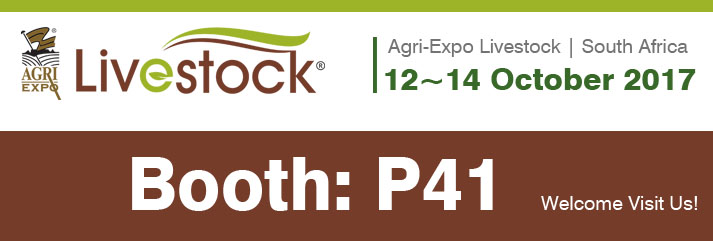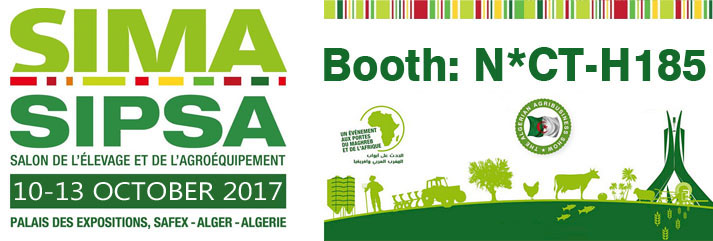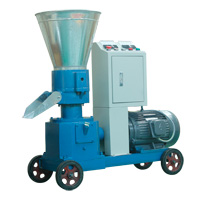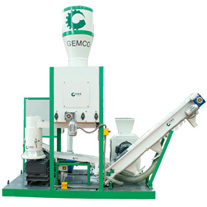

small pellet line production process
Biomass pellets making is now known to a lot of people, as a result, many investors from different countries intend to build their own pellet production lines for own use or sell pellets to make profit. Although some of them may build the large scale pellet line for the first time, most people would like to establish a small pellet line first for a trial and then enlarge their capacity. And also, small pellet production line does not occupy too much funds. Therefore, most investors are interested in small pellet line.
However, not all of them have professional knowledge in pellet production field. Here, we’d like to teach you on the small pellet line process.

Small pellet line process
-
Reception of raw material: for establishing a complete pellet line, you must make sure you have sufficient supply of raw material. You can store it besides your production line, or even settle your pellet line near your raw material.
-
Raw material screening: some biomass raw material may include impurities like stone or metal scraps. These hard impurities can damage the following processing equipments and decrease pellets productivity. As a result, it is advised to screen the raw material first.
-
Raw material crushing: most biomass raw materials like straw, stalk, wood need to be crushed into much smaller pieces: 2-5mm varying from species. In small pellet line, the hammer mill or crusher is most often used. Their fast running speed and great force can cut the raw material into small pieces.
-
Drying: most raw materials like grass, straw and stalk contains moisture higher than 20%. However, the suitable moisture content for pellet production is 8-12%. Therefore, these raw materials shall be dried before pelleting. In small pellet line, we often suggest economical airflow dryer that is also highly efficient.
-
Pelleting: It is realized by small pellet mill. For different raw materials, we suggest different types of pellet mills. For example, if your raw material is softwood and agricultural waste, it is advised to use die-rotating type (D-type) pellet mill. If you have hardwood as raw material, you probably need to use roller-rotating type (R-type) pellet mill. More about the differences of D-type and R-type pellet mill see small pellet mill.
-
Pellet cooling: When the biomass pellets just come out from the pellet mill, they always have high temperature, about 70-80℃. So pellets must be cooled rightly after they are manufactured. Besides cooling, the pellet cooler has another usage of screening pellets, which means fines or broken pellets will be get rid from intact pellets.
-
Pellets packing and storage: whether you make the pellets for sale or for use, it is probably that you need to pack them into bags. You can choose small bags of 5kg, 10kg or large 50kg.
In fact, not all the steps are required in the small pellet line. Whether what equipments are necessary in your pellet production line depends on your raw material, workshop size, budget, and of course, your own decision. But if you are not familiar with this field, you can contact us, the manufacturer for guidance.







